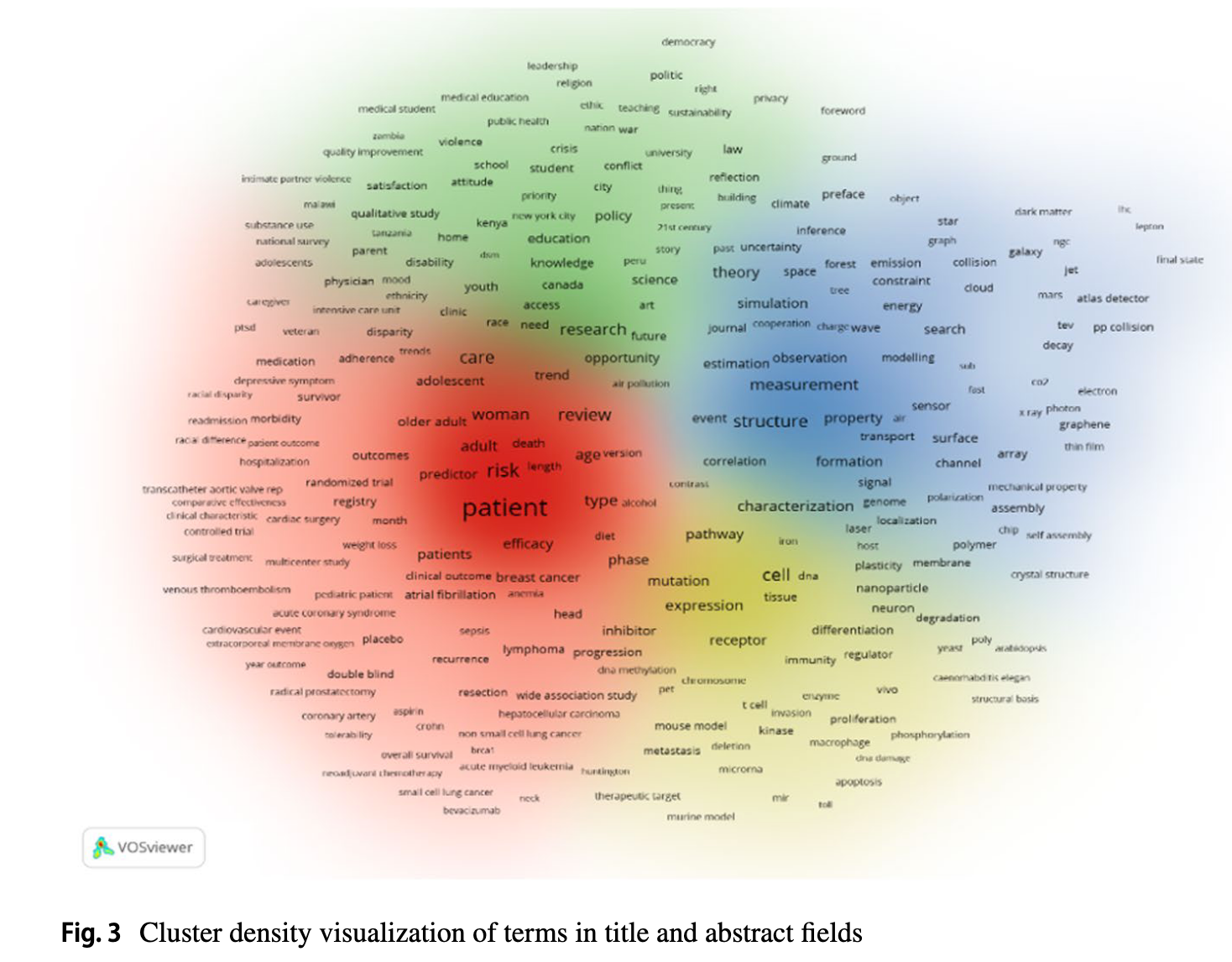Journal Article: “Quantifying the Publication Preferences of Leading Research Universities”
The following article was recently published by Scientometrics.
Title
Quantifying the Publication Preferences of Leading Research Universities
Authors
Barbara S. Lancho-Barrantes
Francisco J. Cantu-Ortiz
Source
Scientometrics (2021)
DOI: 10.1007/s11192-020-03790-1
Abstract
Research universities have a strong devotion and advocacy for research in their core academic mission. This is why they are widely recognized for their excellence in research which make them take the most renowned positions in the different worldwide university leagues. In order to examine the uniqueness of this group of universities we analyze the scientific production of a sample of them in a 5 year period of time. On the one hand, we analyze their preferences in research measured with the relative percentage of publications in the different subject areas, and on the other hand, we calculate the similarity between them in research preferences. In order to select a set of research universities, we studied the leading university rankings of Shanghai, QS, Leiden, and Times Higher Education (THE).
Although the four rankings own well established and developed methodologies and hold great prestige, we choose to use THE because data were readily available for doing the study we had in mind. Having done that, we selected the twenty academic institutions ranked with the highest score in the last edition of THE World University Rankings 2020 and to contrast their impact, we also, we compared them with the twenty institutions with the lowest score in this ranking. At the same time, we extracted publication data from Scopus database for each university and we applied bibliometrics indicators from Elsevier’s SciVal. We applied the statistical techniques cosine similarity and agglomerative hierarchical clustering analysis to examine and compare affinities in research preferences among them. Moreover, a cluster analysis through VOSviewer was done to classify the total scientific production in the four major fields (health sciences, physical sciences, life sciences and social sciences). As expected, the results showed that top universities have strong research profiles, becoming the leaders in the world in those areas and cosine similarity pointed out that some are more affine among them than others. The results provide clues for enhancing existing collaboration, defining and re-directing lines of research, and seeking for new partnerships to face the current pandemic to find was to tackle down the covid-19 outbreak.
Direct to Full Text Article
Filed under: Data Files, News, Profiles
About Gary Price
Gary Price (gprice@gmail.com) is a librarian, writer, consultant, and frequent conference speaker based in the Washington D.C. metro area. He earned his MLIS degree from Wayne State University in Detroit. Price has won several awards including the SLA Innovations in Technology Award and Alumnus of the Year from the Wayne St. University Library and Information Science Program. From 2006-2009 he was Director of Online Information Services at Ask.com.



